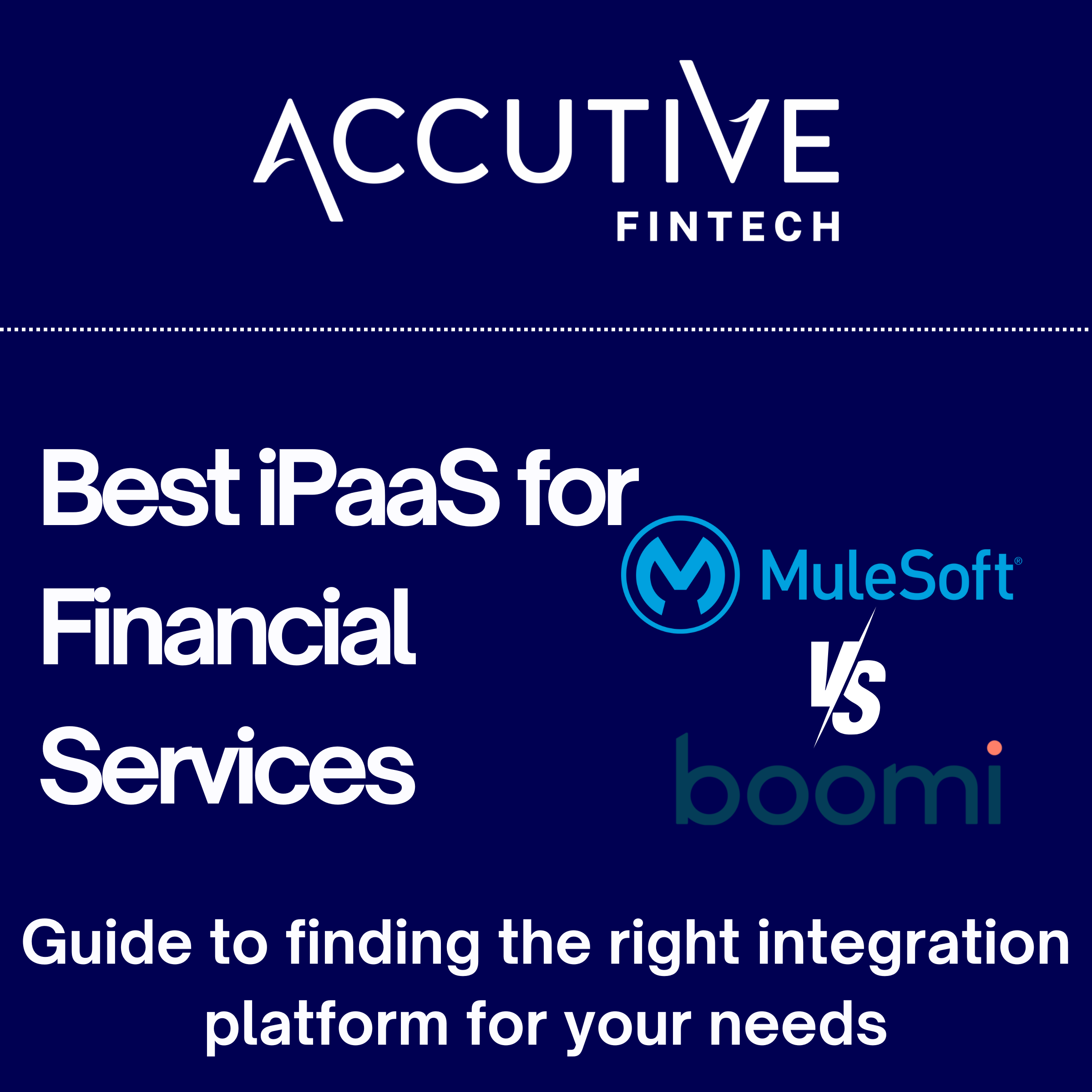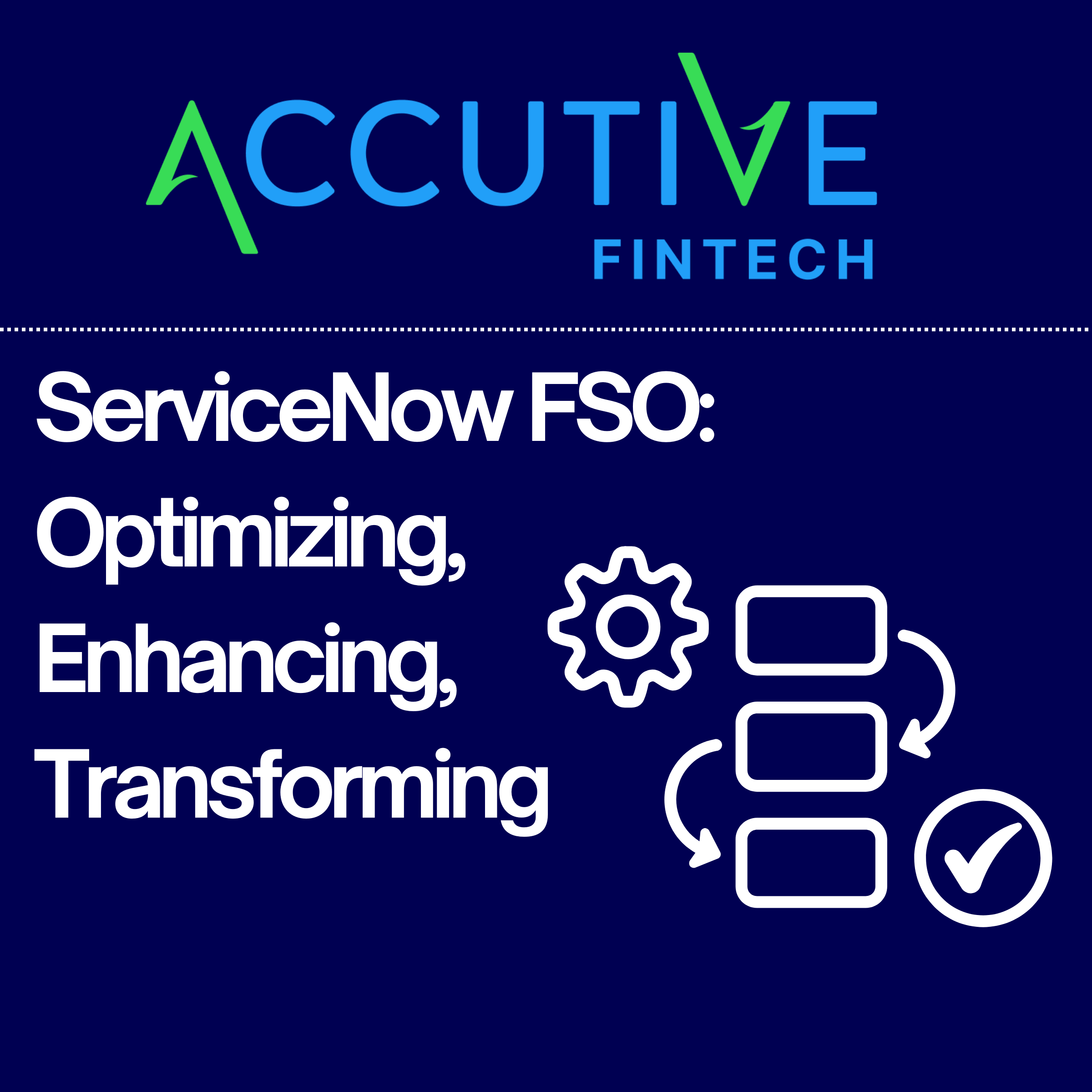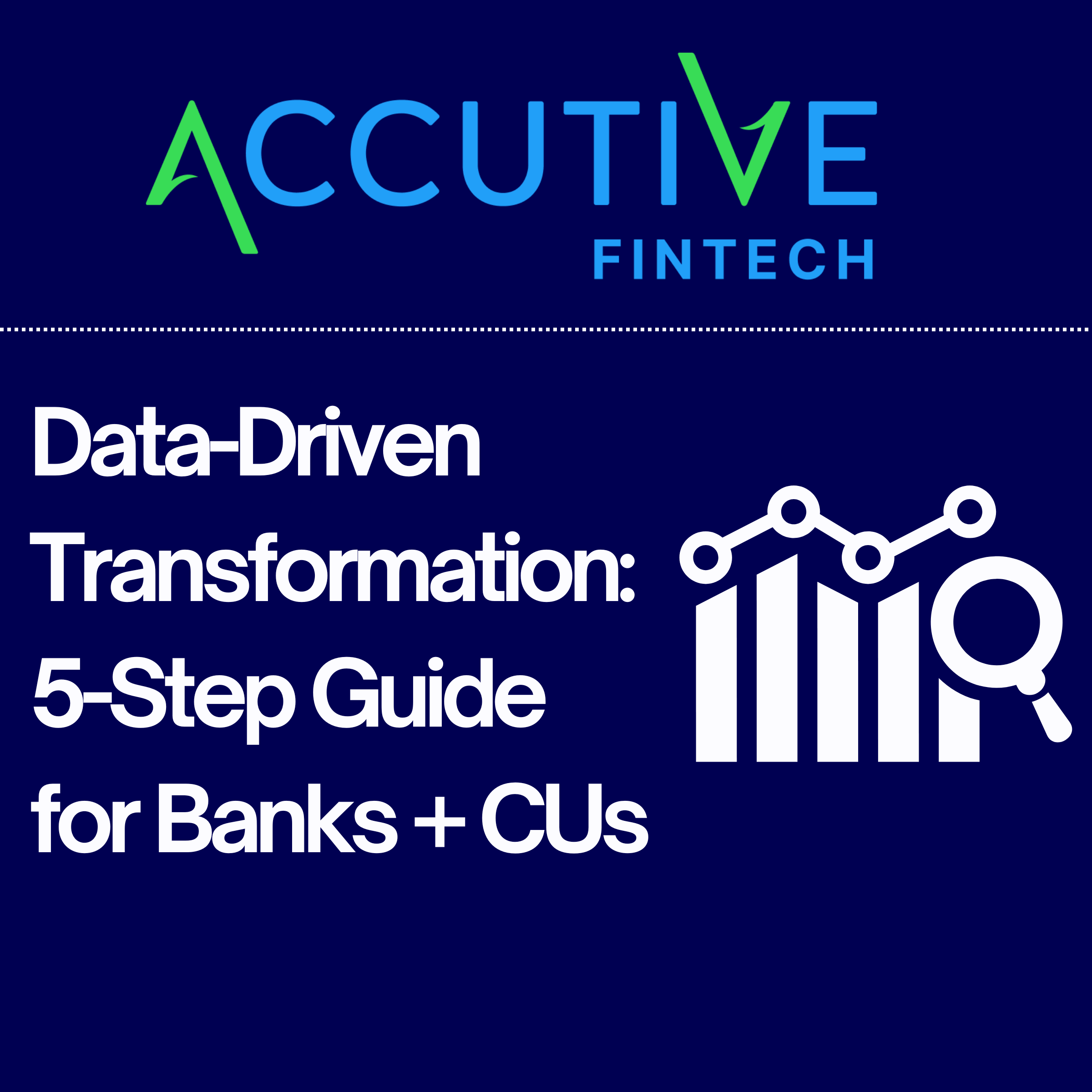Integrating legacy systems, meeting strict regulations, and unlocking data for fintech partnerships demands a powerful iPaaS. Salesforce’s MuleSoft and Boomi are two of the leading integration platform as a service (iPaaS) solutions. Each platform has a number of key advantages, and there is no ‘one size fits all’ perfect solution for every organization.
MuleSoft is the dominant player in the iPaaS market; whereas Boomi is a less entrenched competitor. MuleSoft is an API-centric platform that excels in API design, development and management; whereas Boomi is an extract, load, transform (ETL) platform that also has some API creation and integration capabilities.
When it comes to the financial services industry, MuleSoft is the leading iPaaS solution with a number of features tailored to the needs of financial institutions. Comparatively, Boomi has fewer specific solutions for financial institutions, although its low-code architecture enables financial institutions to easily customize the platform to their needs.
Let’s dive into some key considerations when deciding which iPaaS is best for your organization:
MuleSoft vs. Boomi: Security + Compliance
Both MuleSoft and Boomi are acceptable iPaaS options for financial institutions with basic compliance needs. Both platforms have out of the box compliance with major compliance standards such as PCI DSS, ISO 27001, and SOC 1 + 2. When it comes to compliance with more rigorous standards such as the Sarbanes Oxley Act, the Gramm–Leach–Bliley Act, and NCUA Regulatory Compliance, MuleSoft’s more robust API Management and Governance functionality give it a clear advantage over Boomi.
With MuleSoft’s API-led approach, API security is deeply ingrained into the API design and development process from the beginning. MuleSoft’s powerful API Manager enables robust, granular security policy enforcement for more seamless security and compliance monitoring. Furthermore, MuleSoft’s Anypoint Security add-on, which requires a separate license, provides a dedicated endpoint detect threats and validate traffic along with access control, policy enforcement and traffic proxying. Read more about our best practices for API security for banks and credit unions.
An additional consideration: if you choose Boomi for your integration needs, it may be advisable to procure an API management solution, such as Google’s Apigee, for your external-facing APIs.
The Power of MuleSoft’s API Manager
Perhaps MuleSoft’s most impactful differentiator is its robust API Manager, which features:
- Flexible API gateway to securely integrate and manage any services – from enterprise platforms to micro-services
- Robust security features, including the ability to apply out of the box or customized security and compliance policies at runtime with no downtime
- Consistent API Governance and Management across all your APIs and integration flows
- Built-in security features such as rate throttling, OAuth 2.0 authentication and role based access control
- Advanced analytics that provide insights into the reliability, performance, and compliance of your APIs
Although Boomi has an API Management module, the functionality is more basic than the Anypoint Platform’s API Manager. When it comes to API Management and API Governance, MuleSoft has a clear advantage for banks and credit unions.
Key Abilities: Usability, Reusability and Scalability
Selecting the right integration platform often involves analyzing tradeoffs between ease of use, the potential for long-term reusability, and how well the platform is equipped to scale alongside your financial institution.
Usability: Boomi vs MuleSoft, which is more user friendly and approachable?
Perhaps Boomi’s biggest selling feature is its ease of use. Boomi has a well designed, drag and drop user interface that is very approachable and more suitable for non-technical users. Not to be outdone, MuleSoft launched Composer, which enables business users to build simple integrations without the use of code. Although Composer is suitable for simple integrations, more advanced integrations using MuleSoft’s Java-based architecture will require technical knowledge and expertise.
Reusable APIs: MuleSoft’s efficiency hack
By emphasizing reusable API assets, MuleSoft encourages a ‘build once, use many times’ mindset. This reduces redundancy and speeds up future integrations as your needs evolve. Although, Boomi can also support reuse, it might require more conscious planning as Boomi often focuses on individual integrations.
In the financial services industry, where systems and requirements change frequently, we typically advise our clients that MuleSoft’s approach generally leads to greater maintainability and efficiency in the long run.
MuleSoft vs. Boomi: Which platform is better designed to scale with your needs
MuleSoft’s runtime engine is engineered to scale horizontally and vertically, supporting high-volume use cases (e.g., payment processing bursts). This feature makes it well suited to the needs of financial institutions – as your AUM and customer base grow, MuleSoft is designed to seamlessly grow with you. Whether you are on premise, in the cloud, or both – MuleSoft offers robust flexible deployment options.
Boomi’s lightweight architecture gives it key usability advantages; however, it necessitates careful configuration for extreme loads. Cloud Boomi deployments offer scalability depending on your chosen provider (e.g. AWS, Azure), but it may require your IT teams to perform architectural adjustments.
Carefully consider how each platform will ensure uninterrupted service during peak transaction times that are common in the financial services industry. Accutive FinTech will work with your infrastructure team to ensure that you select the right iPaaS for your current and future integration needs.
MuleSoft vs. Boomi: Finding the right iPaaS for your needs
Selecting the best iPaaS for your needs requires a deep analysis of your integration needs, level of digital maturity, and your business objectives. Whether it’s MuleSoft, Boomi, or another iPaaS such as Workato, Accutive FinTech’s integration experts offer free assessments of your integration framework and needs to help you select the best iPaaS.








